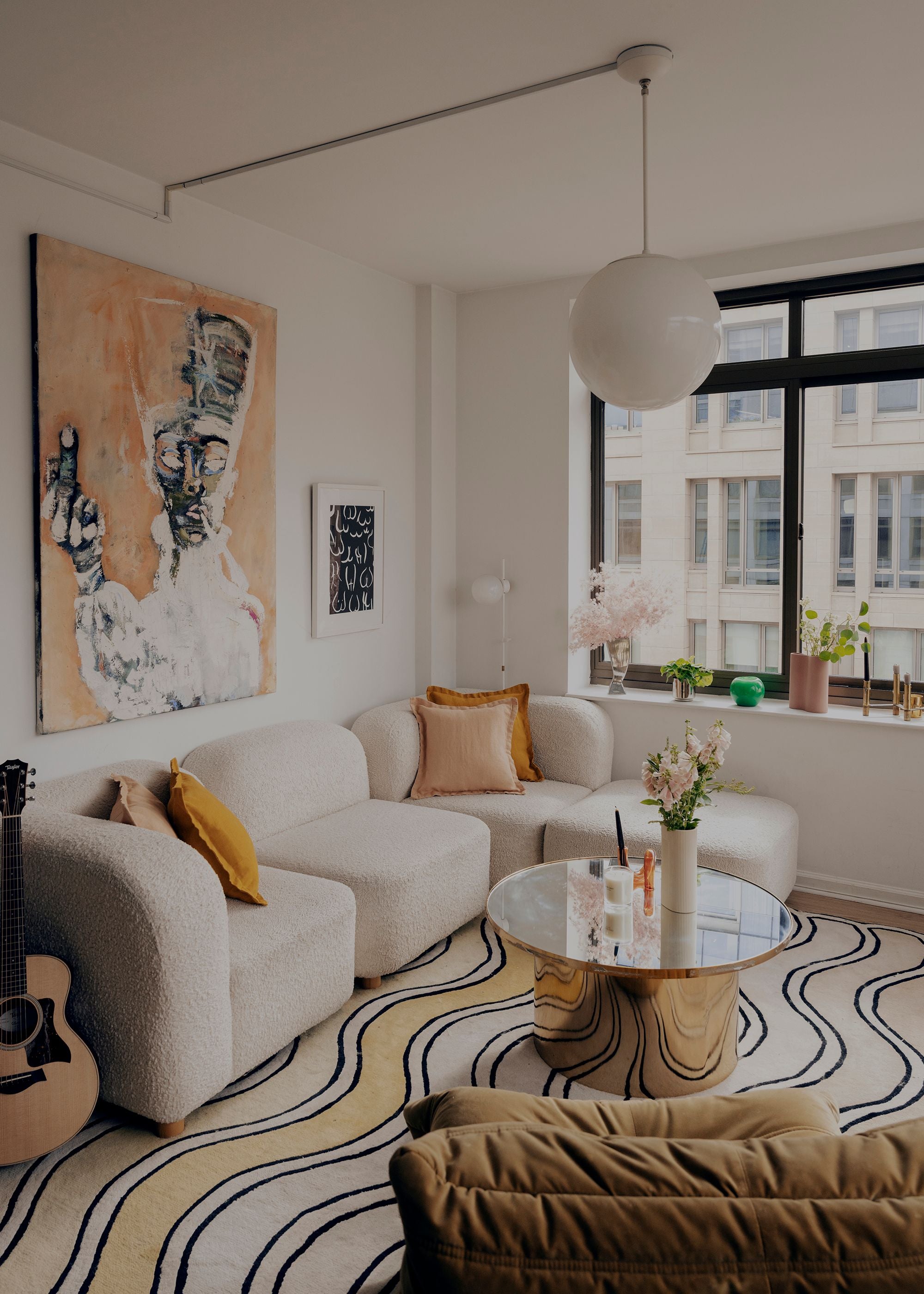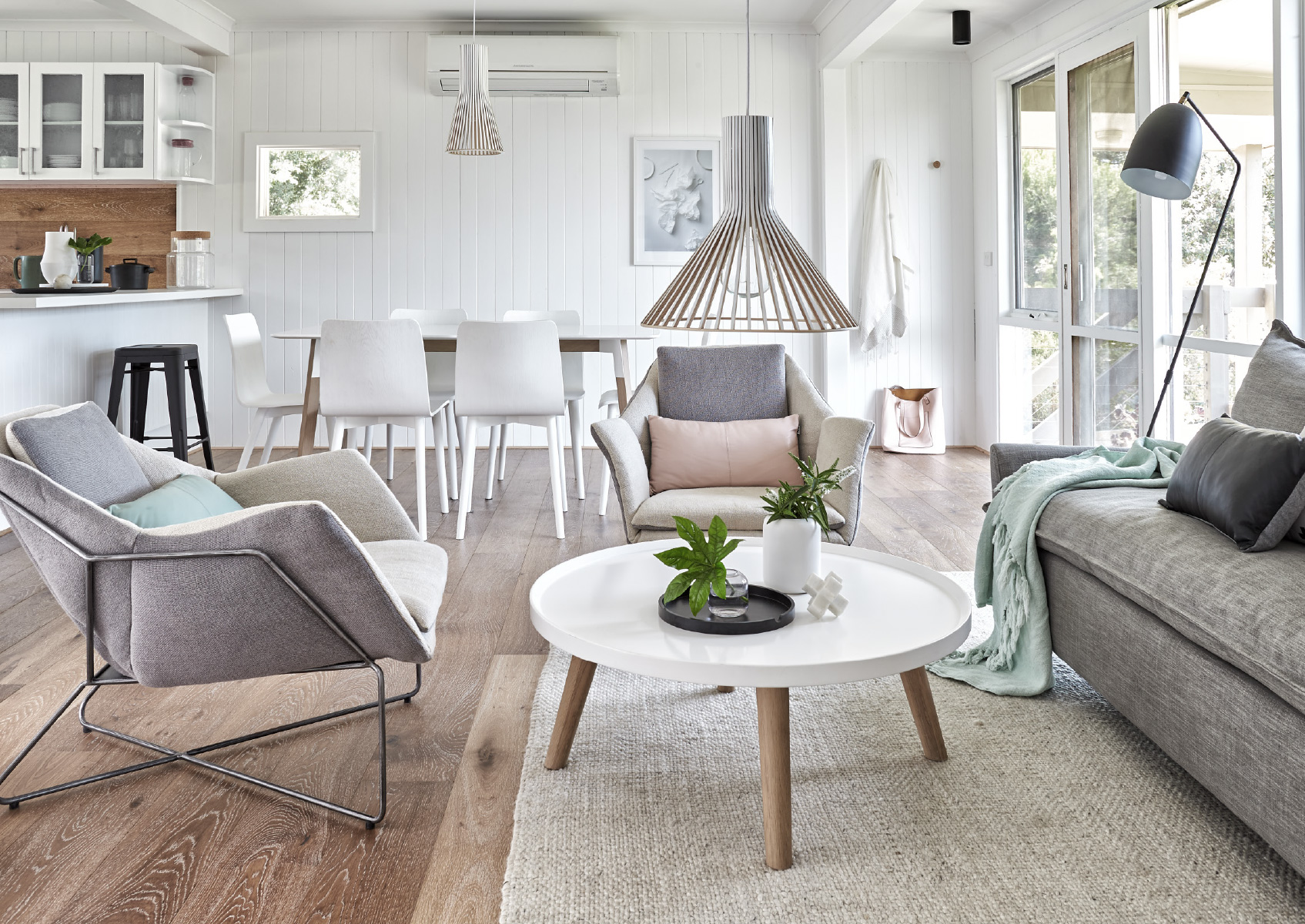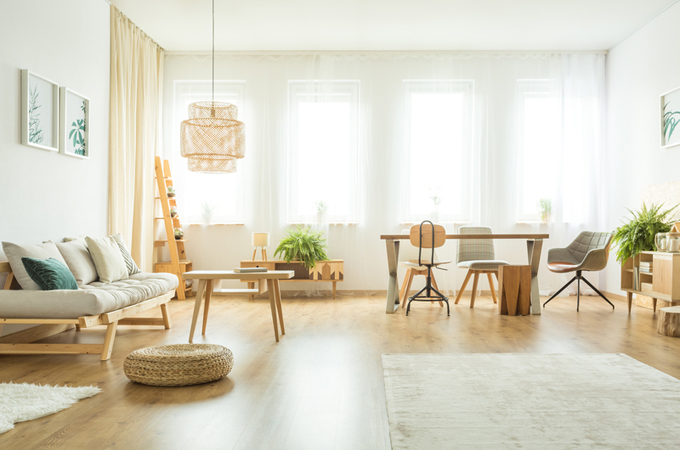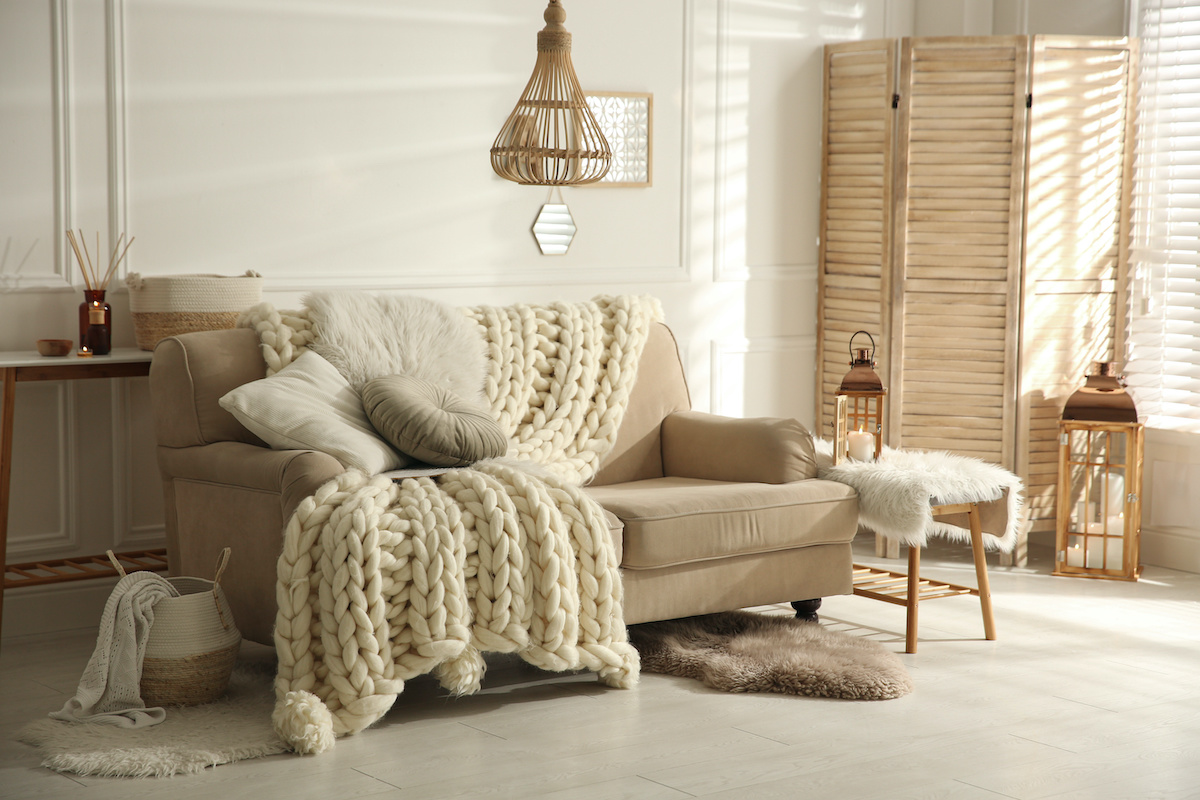Danish decorating style, often referred to as ‘Hygge,’ is more than just an aesthetic; it embodies a lifestyle centered on comfort, simplicity, and functionality. As someone who has experimented with various decorating approaches, I can genuinely say that embracing this style has transformed my living space into a tranquil sanctuary. In this article, we will explore the fundamental principles of Danish design, its history, key elements, and how to incorporate this enchanting style into your home.
Table of Contents
- 1. History of Danish Decorating Style
- 2. Key Elements of Danish Decorating Style
- 3. Pros and Cons of Danish Decorating Style
- 4. How to Incorporate Danish Style into Your Home
- 5. Comparison: Danish Style vs. Other Design Styles
- 6. FAQs about Danish Decorating Style
- 7. Conclusion
1. History of Danish Decorating Style
Danish design has its roots in the early 20th century when the Danish Modern movement emerged, focusing on functionalism and simplicity. Influenced by the Bauhaus movement and Scandinavian design principles, it aimed to create a harmonious balance between form and function. Throughout the years, this style has evolved, becoming synonymous with warmth and comfort—two key elements of the Hygge lifestyle.
2. Key Elements of Danish Decorating Style
2.1 Color Palette
The color palette in Danish design is often muted and earthy. Think soft whites, greys, and gentle pastels mixed with rich wood tones. These colors create a serene atmosphere, perfect for relaxing spaces.

2.2 Furniture and Layout
Danish furniture is characterized by minimalism and functionality. Pieces often feature organic shapes and natural materials, designed to be both beautiful and practical. The layout focuses on open spaces that facilitate easy movement and a sense of airiness.
2.3 Materials and Textures
Natural materials play a significant role in Danish decorating. Woods, textiles, and ceramics are often used to evoke a sense of warmth and authenticity. Look for high-quality materials that age beautifully, such as oak, walnut, or linen.

2.4 Lighting
Lighting is essential in Danish design, emphasizing the importance of creating a cozy atmosphere. Soft, diffused lighting through lamps and candles can enhance the feeling of Hygge in any space.
3. Pros and Cons of Danish Decorating Style
Like any decorating style, Danish design comes with its advantages and drawbacks. Below is a detailed comparison.

| Pros | Cons |
|---|---|
| Promotes relaxation and comfort. | Can feel too minimal for some preferences. |
| Timeless appeal with enduring quality. | Higher initial costs for quality pieces. |
| Encourages a sustainable lifestyle. | Requires commitment to declutter and curate. |
| Easy to adapt to personal tastes. | May lack bold colors and dramatic features. |
4. How to Incorporate Danish Style into Your Home
Bringing Danish style into your home doesn’t have to be daunting. Here are some practical tips I’ve gathered through my own experience:
Step 1: Declutter Your Space
Start by removing unnecessary items. Danish design thrives on simplicity, so a clutter-free space is crucial.

Step 2: Choose a Neutral Base
Select soft, neutral colors for your walls and larger furniture pieces. This sets a serene backdrop for your decor.
Step 3: Invest in Quality Furniture
Invest in a few high-quality furniture pieces that embody the Danish ethos of form and function. Consider chairs designed for comfort as well as aesthetics.

Step 4: Use Natural Textiles
Incorporate natural fabrics like wool and linen through cushions, throws, and curtains to add warmth to your space.
Step 5: Layer Lighting
Use a combination of floor lamps, table lamps, and candles for layered lighting that creates a cozy ambiance in the evenings.

5. Comparison: Danish Style vs. Other Design Styles
Understanding how Danish design stacks up against other popular styles can help clarify its unique appeal. Below is a comparison with two other popular decorating styles: Modern and Bohemian.
Comparison Table
| Features | Danish Style | Modern Style | Bohemian Style |
|---|---|---|---|
| Color Palette | Muted, earthy tones | Bold, primary colors | Vibrant and eclectic colors |
| Materials | Natural woods, textiles | Metal, glass, and synthetics | Mismatched textiles, vintage finds |
| Functionality | Highly functional | Streamlined, less personal | Emphasizes personality over practicality |
| Aesthetic | Cozy minimalism | Clean lines, simplicity | Layered, free-spirited |

6. FAQs about Danish Decorating Style
What is the primary goal of Danish decorating style?
The primary goal is to create a comfortable, harmonious space that invites relaxation and well-being.
Is Danish design expensive?
While some Danish furniture can be pricey due to quality craftsmanship, there are budget-friendly options available that embody the same principles.
Can I mix Danish style with other decor styles?
Absolutely! Danish design pairs well with various styles, especially those that prioritize functionality and comfort, like Modern or Industrial styles.
7. Conclusion
Incorporating Danish decorating style into your home is a rewarding journey that emphasizes comfort, simplicity, and sustainability. By focusing on natural materials, a soothing color palette, and minimal clutter, you can create a peaceful living environment that resonates with the principles of Hygge. I can attest that my home has transformed into a cozy haven since adopting this style, and I wholeheartedly encourage you to embrace its warmth and tranquility.